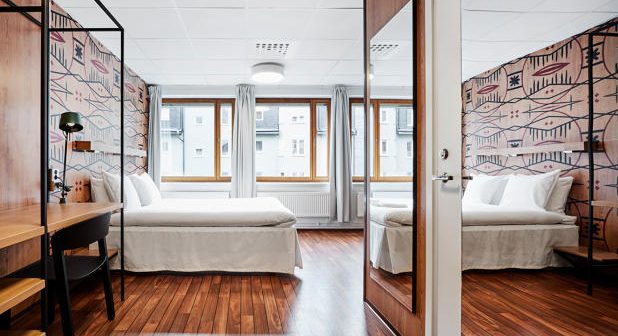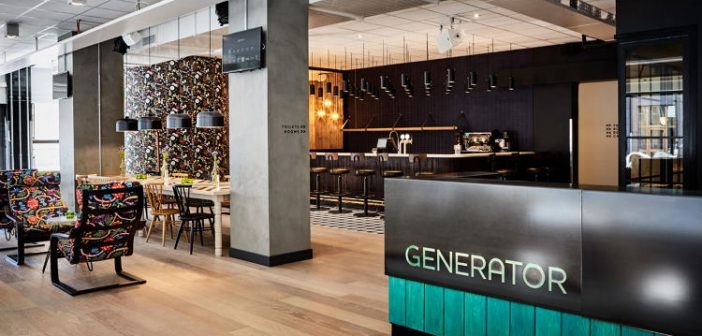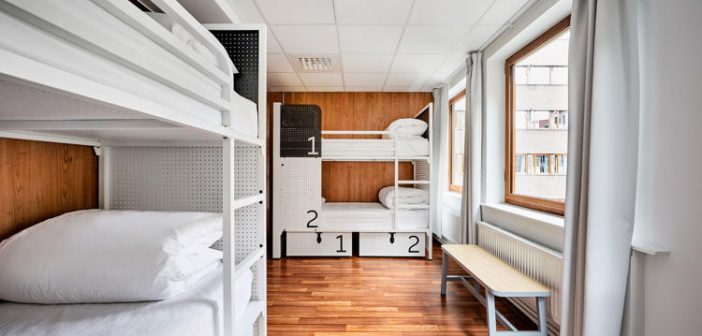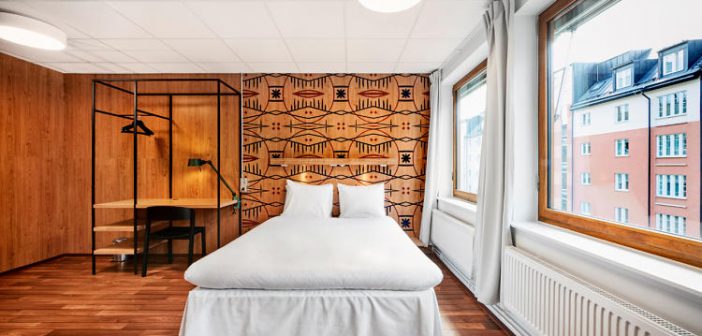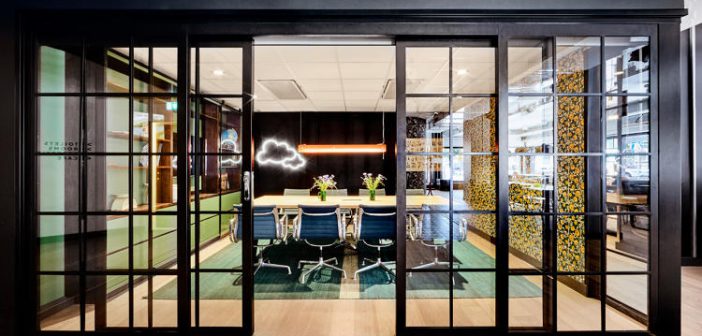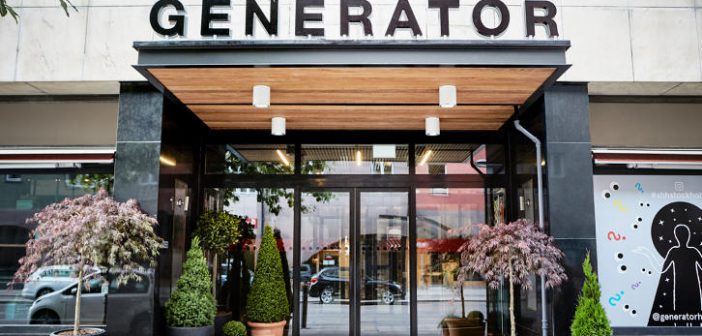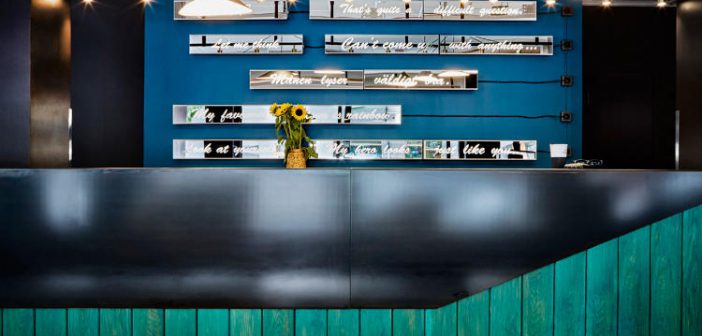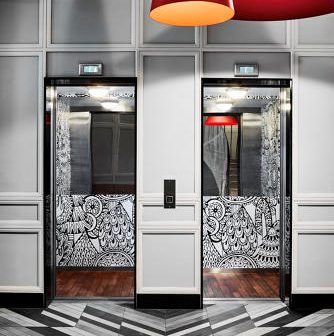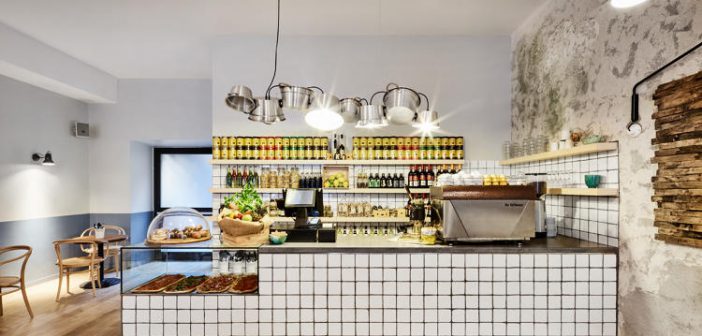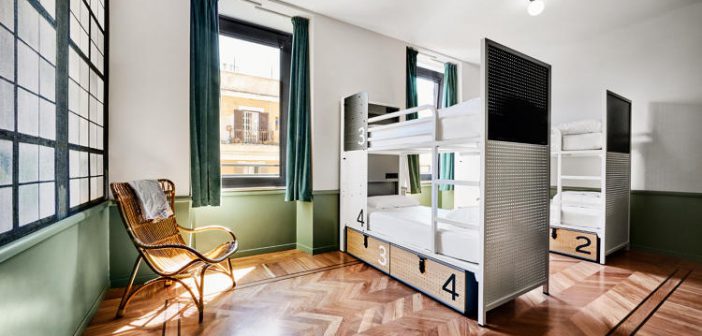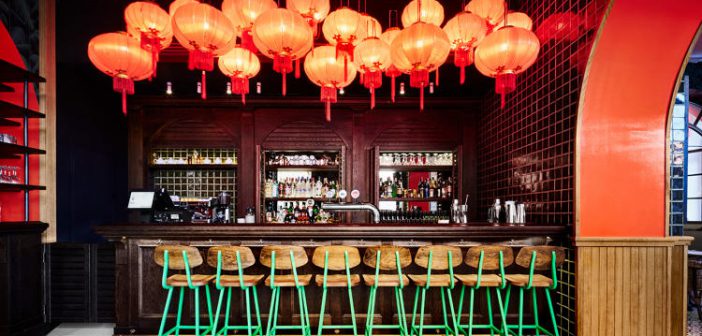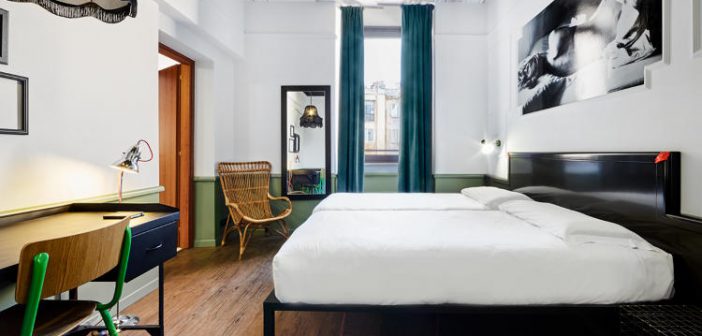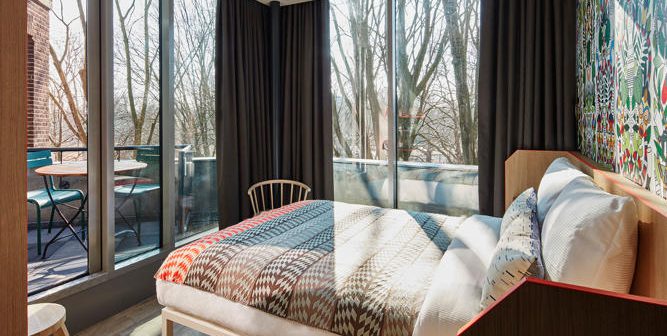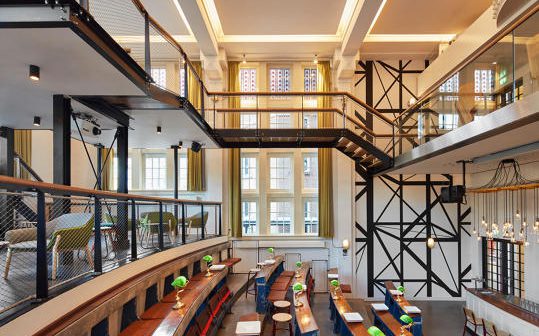Generator—a European brand of design-minded hostels—is embarking on a U.S. expansion. Move over Airbnb?
A decade ago, “hostel” was code for lumpy bunks in shared accommodations with questionable cleanliness. Today, budget-minded travelers can book a bed in spaces that have the same swanky details as expensive boutique hotels. Thanks to Generator, a British design-minded hostel brand founded in 1997, European backpackers could stay in chic rooms for as little as $15 a night. Now the company has its sights set on a North American expansion with the opening of a Miami outpost early next year and more hostels planned down the line.
Michelle Flagg, formerly of the coworking company WeWork, joined Generator last month as the new vice president of development for North America. “Across cities in the United States, desire is growing for a more social, interactive hospitality experience,” she says. Move over Airbnb—there’s a new game coming to town.

BUILDING A HIGH-DESIGN BUDGET BRAND
In the past eight years, Generator has expanded from 2 to 14 locations across Europe and has carved out a niche for itself by catering to people who want style at a bargain price. The sweet spot? Look as swanky as boutique hotels, offer similar bar and restaurant amenities, and charge less than the average budget rate in a city. (A bed typically runs about $15 to $20, and a private room starts around $60 to $100, depending on the city.)
“The least important thing we sell is the bed,” Fredrik Korallus, CEO of Generator, says. “They’re buying into social engagement with the community.”
To encourage social engagement, Generator invests in lounges, bars, and restaurants that comprise the public spaces within the hotel to make them enticing for both guests and locals.
Generator makes up for the cost of chic design in creative ways. This means forgoing central locations, opting for off-the-beaten track neighborhoods, and dedicating real estate and design resources within the hostel to common areas. Generator is playing a volume game. It averages about four people per room while hotels are around 1.2 people. When Korallus does his math, he sees this as four people buying food, drinks, and incidentals per room as opposed to 1.2 in traditional hotels. Operationally, it’s run on a budget model where overhead for labor is much lower than at luxury accommodations.
With 14 locations in 12 cities in Europe, Generator has a firm hold on the market. To fuel more growth, Generator is embarking on licensing agreements that will allow the brand to expand without buying physical assets like land and buildings. The company wants to double its size within the next four to five years and sees North America as a key to meeting the goals. In 2014, the company received more than $60 million to fuel its expansion.
“In most North American cities, people are really priced out of most hotel properties,” Flagg—who developed WeWork’s WeLive line of residential properties—says. “When people are booking a trip to New York City for a week and they see how much hotels cost, they start to rethink their plans. The European market has a broader range of prices for customers. Generator offers great, social, very cool accommodations at a much more approachable price point. The opportunity to bring that to U.S. or North American is huge.”
Flagg sees brand awareness and understanding of what Generator offers as an obstacle for growth. It offers private rooms as well as hostel bunks. Aside from a few small chains, like the Freehand in Miami and Chicago and Mama Shelter in Los Angeles, there aren’t too many companies doing the same. The first Generator in the United States will be in Miami and the company is eyeing cities on the east and west coasts like New York, Boston, Philadelphia, D.C., Los Angeles, and San Francisco—big urban centers with cultural attractions and a thriving art and music scene. Toronto is on the horizon, and Generator would like to be in Cuba, too.
“Once someone comes into a Generator property, it’s immediately evident on what sets it apart—there’s a great energy in the bar, live music, people coming in and out, and a mix of locals and visitors,” Flagg says. “Once you arrive you get it, but the biggest hurdle is how you kind of convey that feeling via pictures and text on a website or through a social media post.”
As budgetary line items go, marketing isn’t a priority. Instead, Generator relies on word of mouth for publicity. “People trust their peers, not big ad campaigns,” Korallus says. “This new generation is anti-corporate, anti-big brand, and they wouldn’t want to see the same piece of art in each location. They want to discover what’s local. Their loyalty isn’t to a brand; it’s to an experience.”
And to create the right experience and word-of-mouth buzz, Generator leans on design.
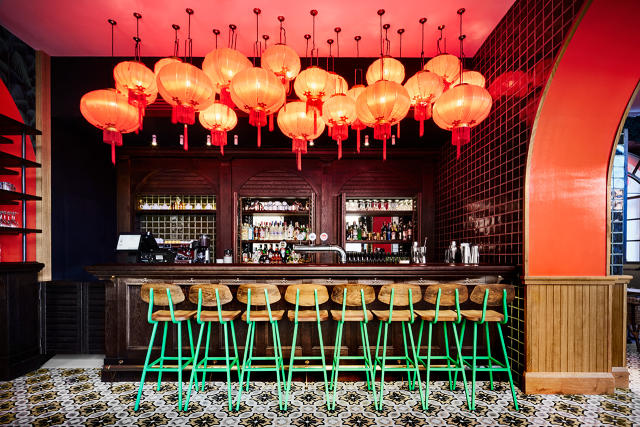
MAKING DESIGN THE MAIN ATTRACTION
“I always ask my team, ‘Where’s the Instagram moment?'” says Anwar Mekhayech, a partner at DesignAgency, the Toronto-based firm behind the Generator’s interior design and architecture. DesignAgency has been working with Generator for the past decade and has developed the brand’s sensibility, which is eclectic, punchy, modern, and fueled by local influences.
“You wanted people to get to a city and say, ‘Where is the Generator?’ and if they stayed at 10 Generators on their trip, they’d be equally wowed by each city in a different way,” Mekhayech says.
When Mekhayech and his team look at how to give each outpost its fingerprint, they tap into the neighborhood-level context rather than relying on the expected design fodder. For example, Generator would never hang a painting of a local landmark, but it would commission up-and-coming local artists to paint murals that serve as visual beacons in the space. The design palette isn’t a kit of parts and library of materials that’s replicated across Generator properties, it’s about having a brand narrative that responds to a city.
The most recent Generator location Mekhayech and his team designed is in Rome.
“It’s in a multicultural area near the train station, and we were inspired by the community around there,” Mekhayech says. “It has a very warm and sexy feel to it with bright and vibrant colors that were inspired by nature. We created three zones: a lobby that’s pristine and art gallery-like, like a French patisserie, and a Cuban-Asian inspired bar and lounge right on the corner. People will find it unexpected and unassuming.”
Generator also opened a location in Stockholm. There, it deliberately tried to get away from the blond wood and pale colors typically associated with Scandinavian design. DesignAgency specified vintage Scandinavian-modern furniture and upholstered it with fabric printed with traditional patterns in the lounge area. Local designer Aleksandra Stratimirovic created a light installation and Mia Cullin built a communal table. In each of the rooms, artistMartin Nicolausson created custom stencils to adorn the walls. The small details speak to Stockholm’s contemporary design scene. The Amsterdam outpost, which also opened this year and earned an Innovation by Design Award this year, featured pieces from Dutch heavyweights Marcel Wanders and Studio Job.
Design has been essential to the Generator’s brand, and the company will lean on it more as it expands. “Our biggest battle is not turning into a corporate brand; we want it to be as local as possible,” Korallus says. To keep the design style fresh, Generator is planning to bring more architecture firms into the fold.
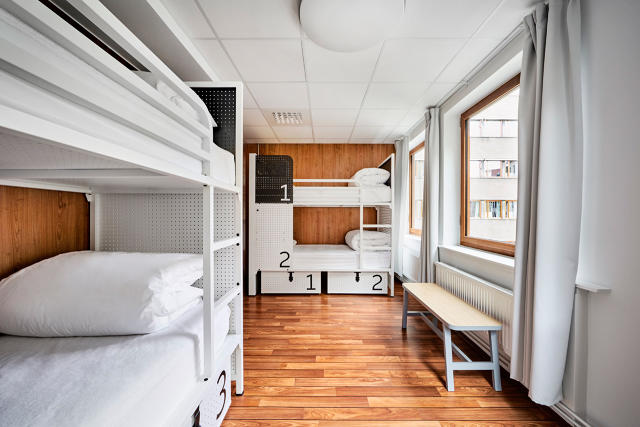
KEEPING PACE WITH THE EVOLVING HOSPITALITY MARKET
The next big design challenge for Generator is the hospitality experience.
“Design has been a fundamental cornerstone to this brand, and it will always be a foundation,” Korallus says. “But the focus now is on figuring out food, drinks, music, fashion, and what we do with culture because that’s where evolution of a total experience is going. Design becomes the platform for this.”
Korallus believes that the social element and connectivity is what’s going to convince travelers to stay at Generator over other budget options, like Airbnb. “We offer social engagement; Airbnb sells individual experiences,” he says.
Mekhayech agrees. “You build something unique through the community you create and it’s design-led,” he says. “I’m reluctant to use this comparison, but it’s almost like Facebook in terms of users and followers. [Generator] becomes its own social network, which happens to be the bricks-and-mortar gateway to the city.”
The hospitality market is more competitive than ever, with sharing-economy companies like Airbnb and One Fine Stay chipping away at the customer base. Legacy brands like Marriott and Hyatt are retooling to lure millennials.
Generator doesn’t think about its customer base in terms of demographics—like age, income, and gender—but prefers to think about psychographics. There’s a broad range of travelers that stay at its hostels. About 70% of customers are between 18 and 34, with the average age of 24—the lower end of millennials. But Korallus is looking at the desires of gen Z, the generation after millennials. “They’re looking for extreme digital, extreme connectivity, being part of the experience economy and really sharing in it,” he says. “They’re always looking to engage with others in the life experiences they have.”
Generator’s emphasis on social environments at an affordable price may give it an edge. Science has shown that people are better off spending their money on experiences, not things—exactly what Generator is selling.
[Photos: Mans Berg]
This article first appeared in www.fastcodesign.com
Seeking to build and grow your brand using the force of consumer insight, strategic foresight, creative disruption and technology prowess? Talk to us at +9714 3867728 or mail: info@groupisd.com or visit www.groupisd.com

